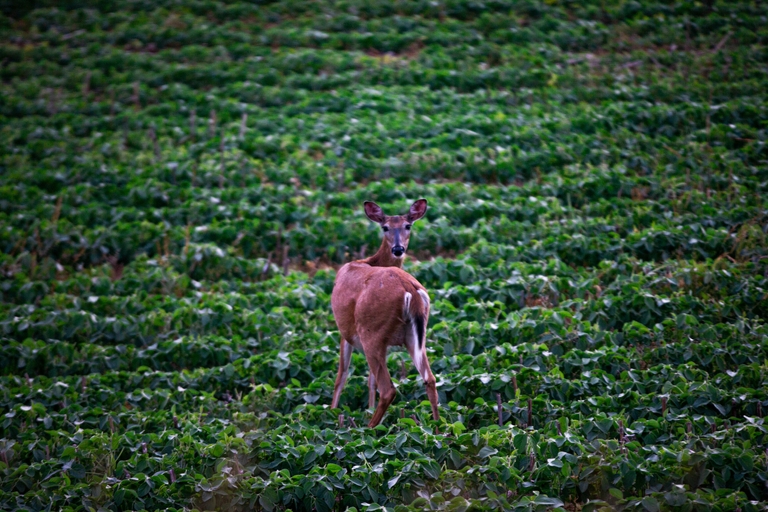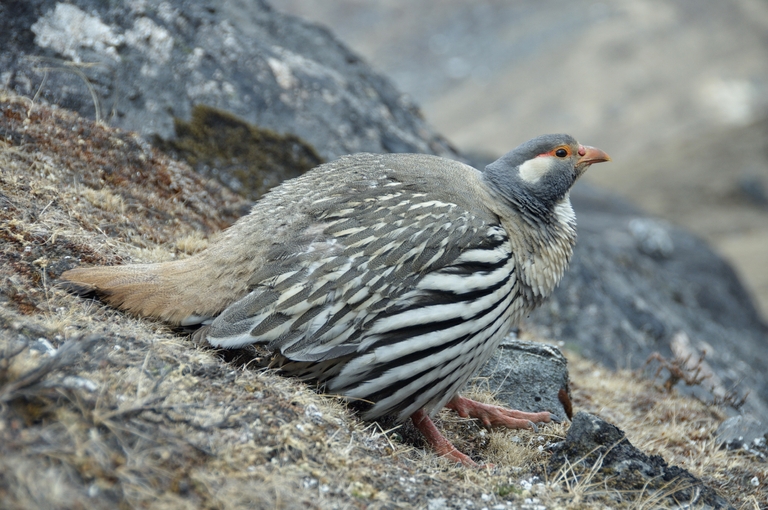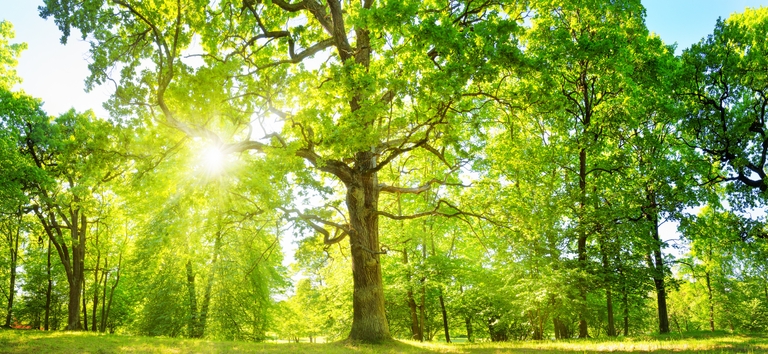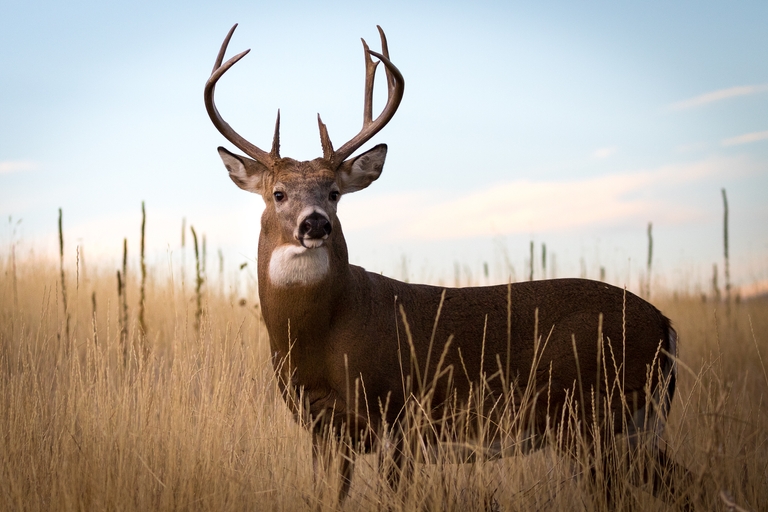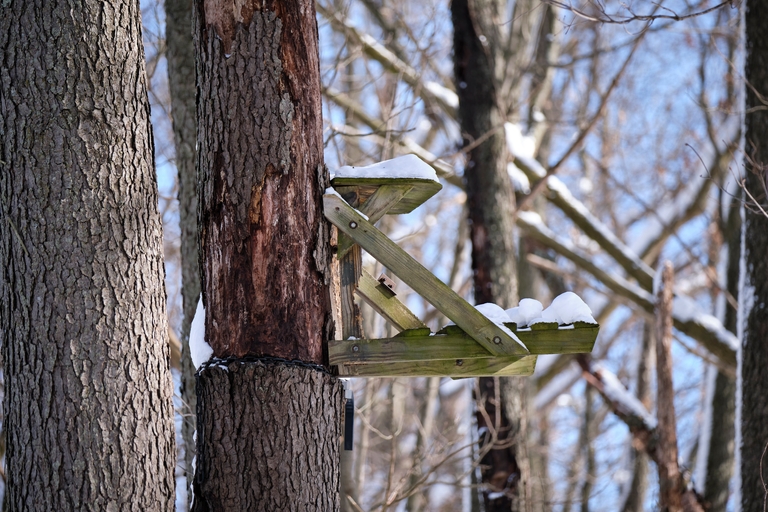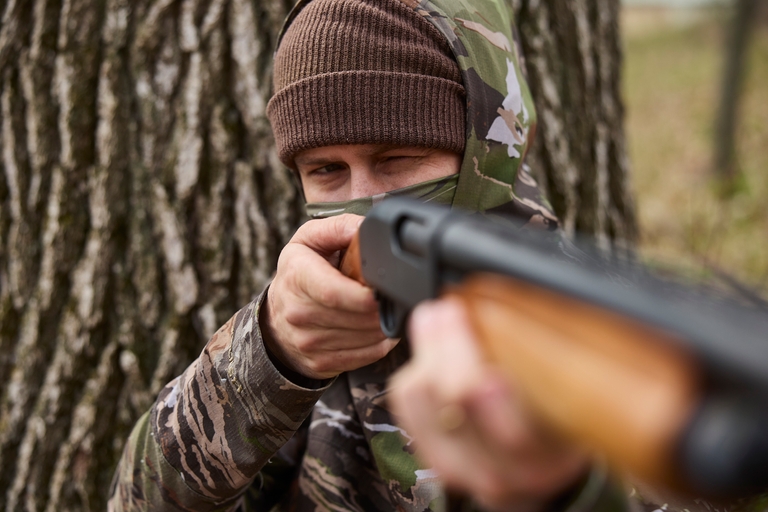Hunter Safety: What to Do When Animals Attack Hunters

Most of us go into the hunting woods each year concerned with safety. We keep our chambers empty, safeties on, and full-body harnesses for hunting from tree stands cinched and buckled tight. In Texas, many hunters wear snake-proof chaps or gaiters to thwart rattlesnakes – the little scorpions and ever-present fire ants are harder to avoid.
However, outside of grizzly and brown bear zones like Alaska, Montana and Wyoming, most hunters really aren't concerned about becoming the hunted instead of the hunter.
Whether because the internet makes news more accessible or because attacks are actually increasing, we see news all the time about hunters and other outdoorsy folks being attacked by animals. Many of the attacks are by animals we don't expect to be a danger, like the coyotes that killed a woman hiking in Canada several years ago.
All hunters need situational awareness to be effective hunters and to avoid danger. Today, we'll look at five of the more common situations where hunters face danger from animals and the steps that can be taken to avoid them.
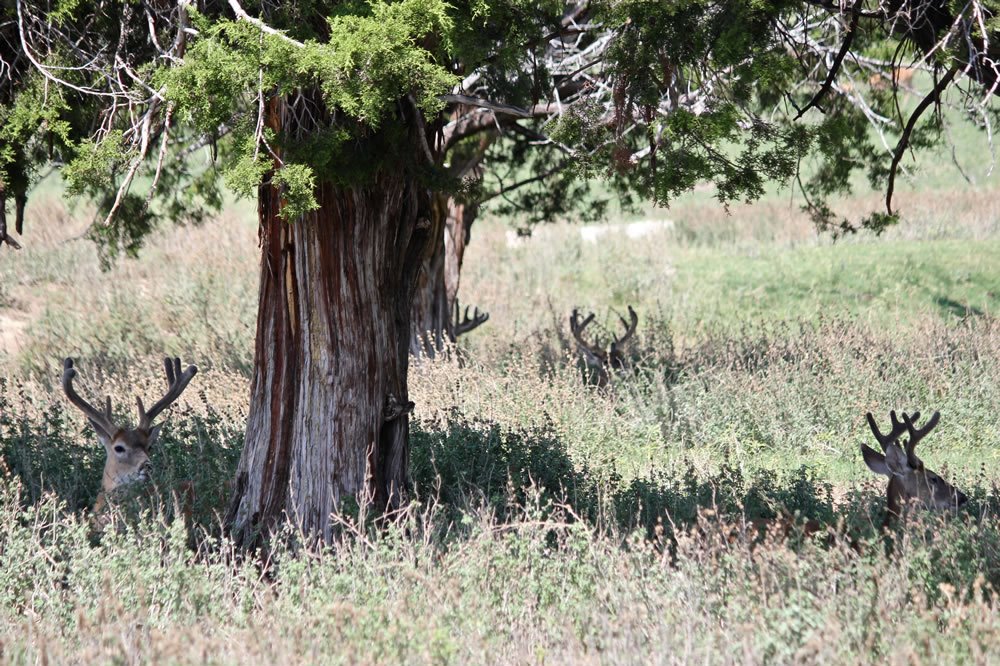
1. The Classic: Wounded Animals
Authors Peter Capstick and Robert Ruark have eternally embedded in the minds of their readers the classic scenarios of a wounded lion or leopard charging hunters with fangs bared and claws extended. Their books and stories will get your adrenaline racing, even if it's extremely unlikely you'll ever face that situation.
On the other hand, there are plenty of stories of wounded non-predatory animals defending themselves with horns and hooves. In North America, the most likely situation for a hunter to encounter is to have a wounded grizzly bear or coastal brown bear in your lap. Mountain lions, wolves, coyotes, and especially injured hogs can all turn defensive and deliver nasty wounds when cornered.
Be Sure of Your Shot and Hunt in Pairs
We all know the best way to avoid a wounded animal attack – make the first shot a good one. Beyond the ethical and humane reasons for making a one-shot kill, safety is the next most important factor. Unwounded animals are far less likely to confront a human.
When hunting for game, hunters should always work in teams. A pair or group of hunters are more intimidating to animals and can better thwart an attack or help a wounded friend.
Additionally, when trailing a wounded animal, tracking dogs (where allowed) can divert an attack, and their additional agility often keeps them unharmed. If you must trail a wounded animal, extreme caution and attention to detail in front of you and to your sides are very important.
2. When Taking a Game Animal
Perhaps the most likely scenario where you might face confrontation with a predator is a fight over a game animal you've taken.
Kodiak Island, Alaska's brown bears are famous for coming to the sound of a shot, like a dinner bell ringing, to steal a hunter's Sitka black-tailed deer. Similar tales are told in Montana and Wyoming by elk hunters who faced grizzlies over their downed elk. In the southwest, if you wound a white-tailed deer and trail it later at night, you may encounter coyotes or bobcats taking advantage of an easy meal. In the east or the Rocky Mountains, that could be a cougar or black bear.
Never approach your game animal without a firearm or other protection. You never know what might get there first. (Actually, you never know that the game animal isn't still alive.)
Now, that doesn't mean you can automatically defend yourself with a firearm. Because grizzlies are protected, shooting one to recover an animal is a bad idea. So, bear spray is your friend – and often more effective than a firearm at deterring bear attacks.
Pro tip: Bear spray works on everything, not just bears.
Ultimately, don't put yourself in danger. No amount of venison is worth losing your life, or really, even worth a hundred stitches or a course of rabies shots.
3. Using Calls That Attract Predators
Bugling in a bull elk is one of the most thrilling experiences any hunter can have worldwide. Likewise, rattling in a procession of big bucks in the South Texas brush is a thrilling experience.
Imitating animals to get them closer goes back thousands of years, whether through decoys for waterfowl or imitating the mating sounds of a larger animal . . . but, you know what else recognizes those sounds?
Predators.
They know that rutting bulls or bucks are distracted as well as you do. They also know their prey can get injured in battles over mates. So, when you call, predators can come running. Every year, grizzlies run to bugling elk hunters in the Northern Rockies, and deer hunters rattling horns in the brush see bobcats respond frequently.
Again, Hunting With a Partner Helps You Spot an Attack
There's nothing you can do to signal game that won't signal predators. However, calling in animals is often more effective when two hunters work together. One hunter calls, and since the game animal is focused on pinpointing the location of the call, the other hunter goes unnoticed.
Two sets of eyes and ears can detect a predator better and avoid a confrontation. Situational awareness is, again, the key. Don't get tunnel vision on a single animal, trail, or shooting lane.
Keep your head on a swivel and notice everything you can.
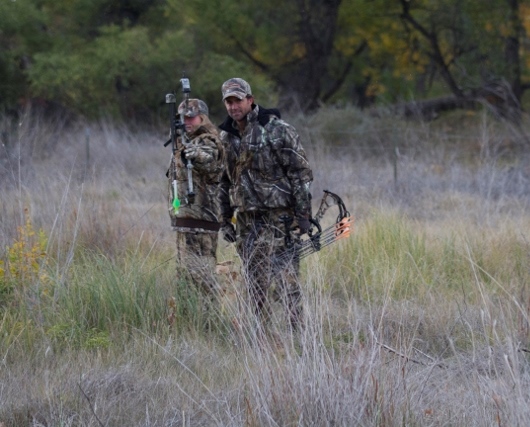
4. Surprising a Predator When Camouflaged
Here's a firsthand story of a hunter surprising a predator.
"About 15 years ago, I was backed up against a tree in full camouflage, hunting for squirrels. I hadn't noticed how close I was to a game trail until a coyote crested a rise about 10 feet from me. Thankfully, he was more surprised than me when I whistled at him.
I didn't know an animal could turn inside out to reverse directions! Later, a bobcat followed the trail past me in that same spot and situation and never knew I was there."
Modern camouflage and scent covers are amazingly effective. They work on game and predators, just like game calls. However, if you find yourself in close quarters with a surprised predator, you never know if they'll choose fight or flight.
In a situation like this hunter faced, it's always better to alert the predator when they're as far from you as possible. You never want to spoil your hunting, but making some movement or noise to alert a predator to your presence is a better option than fighting one off.
Backing up to a large tree or rock face is an excellent way to use your camouflage most effectively and protect your back from approaching danger.
5. Non-predator Attacks
Fangs and claws are not prerequisites for animal attacks on humans. Rutting white-tailed bucks injure people every year! Those antlers are sharp, and deer are far more powerful than humans, pound for pound.
Additionally, wild hogs are so widespread and can defend themselves very effectively with their self-sharpening tusks that they probably injure more people now than any other game animal. Even turkeys have been known to injure hunters with spurs, sharp beaks, and bruising smacks from hard wings.
Every single wild animal can hurt you, whether they're defending themselves or think you might make an easy dinner. You can't drop your guard when you're hunting.
Just the same as firearm accidents happen when we become complacent, forget the safety rules, and make assumptions, treating animals and the wilderness like we treat our pets and living rooms is the surest way to find out how hard animals fight to survive.
Be aware, be cautious, and be safe.
Prepare for Your Next Hunt with a Hunter Safety Course
There's much more to know about staying safe when hunting. Being prepared for a potential animal attack is crucial. Still, hunters must also understand firearm safety, how to set up hunting blinds to avoid injury, and how to survive in the field despite the elements.
Hunter-Ed wants every hunter to return home safely and, of course, bring home the game you went out to hunt! Our state-approved online courses teach a wide range of hunter safety essentials so you can enjoy more hunts and more wild game for your freezer.
Before your next hunt, make sure you're safety certified. Find the course for your state and start learning!
Originally published November 13, 2013. Content updated January 10, 2023.

